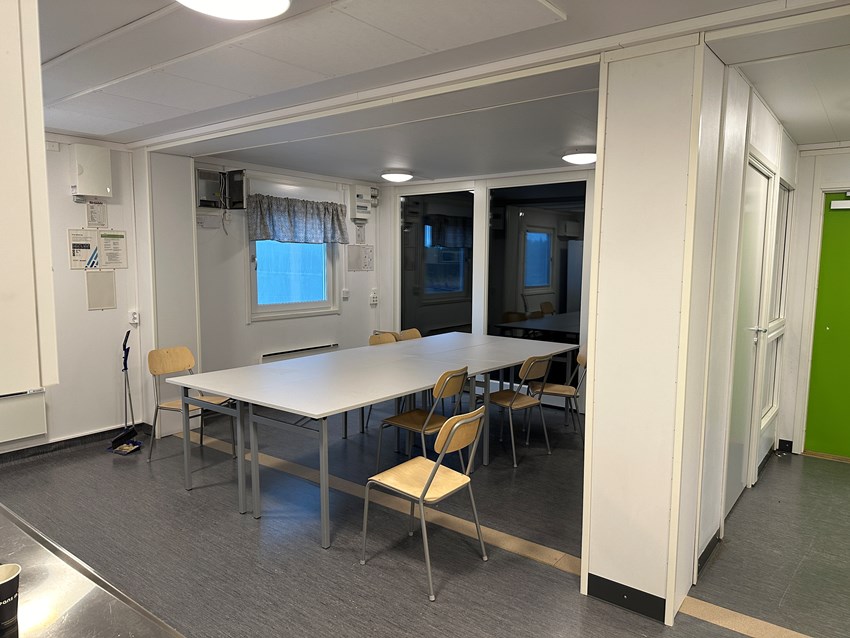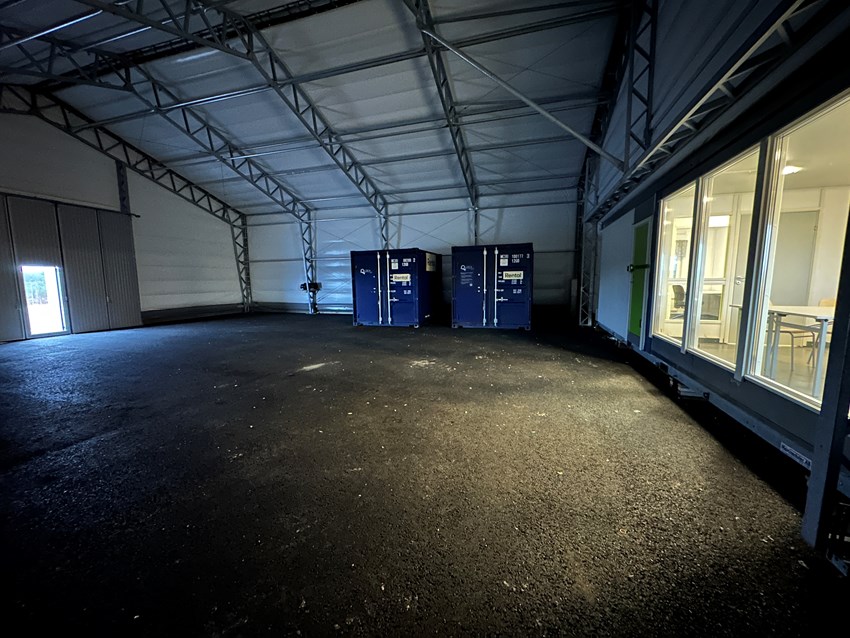To achieve cost-effectiveness and flexibility, the droneport consists of modular buildings. The office and conference area features large glass windows, integrated with a 240-square-meter hangar that has enough height to allow drones to hover indoors. The hangar includes a 4 x 4-meter gate connected to a 15 x 15 meter takeoff and landing area.
“To create societal benefits through drones, suitable infrastructure is needed on the ground and in the air. The construction of Skellefteå Droneport establishes unique conditions to consolidate drone-related services in one location and drive development forward in collaboration with various stakeholders,” says Henrik Littorin, Program Manager at ELIS, the principal organization behind the testbed that includes the droneport.

Remaining work includes building an observation and maneuver deck around the gate, marking the takeoff and landing area, installing an energy-efficient heating solution in the hangar, and constructing fences and gates around the premises. Once completed, it will probably be one of Europe’s largest urban droneports.
Simultaneously, work is underway to establish airspace around the droneport to enable necessary tests and drone flights.
Skellefteå Municipality has developed the droneport site in collaboration with partners such as Skanska. Skellefteå Kraft and Envico have also been involved in the planning, particularly due to the specific lighting requirements for a facility designed for drone-related activities.

Skellefteå Airport will take on the responsibility of operating the droneport, aiming to provide a hub for testing, development, training, and commercialization of drone services in an urban context, in collaboration with various stakeholders.
The formal inauguration of the droneport is scheduled for the first quarter of 2025. However, before the official opening, the area will host activities, including a Vinnova-funded drone logistics project.

ELIS Program is a development program for electric aviation with the ambition to become a leading hub in research, development and commercialization of electrified aviation in Sweden and beyond. The program is facilitated by Skellefteå Science City, Skellefteå municipality's innovation company, and financed by Skellefteå Kraft, Skellefteå Airport and Skellefteå municipality.








